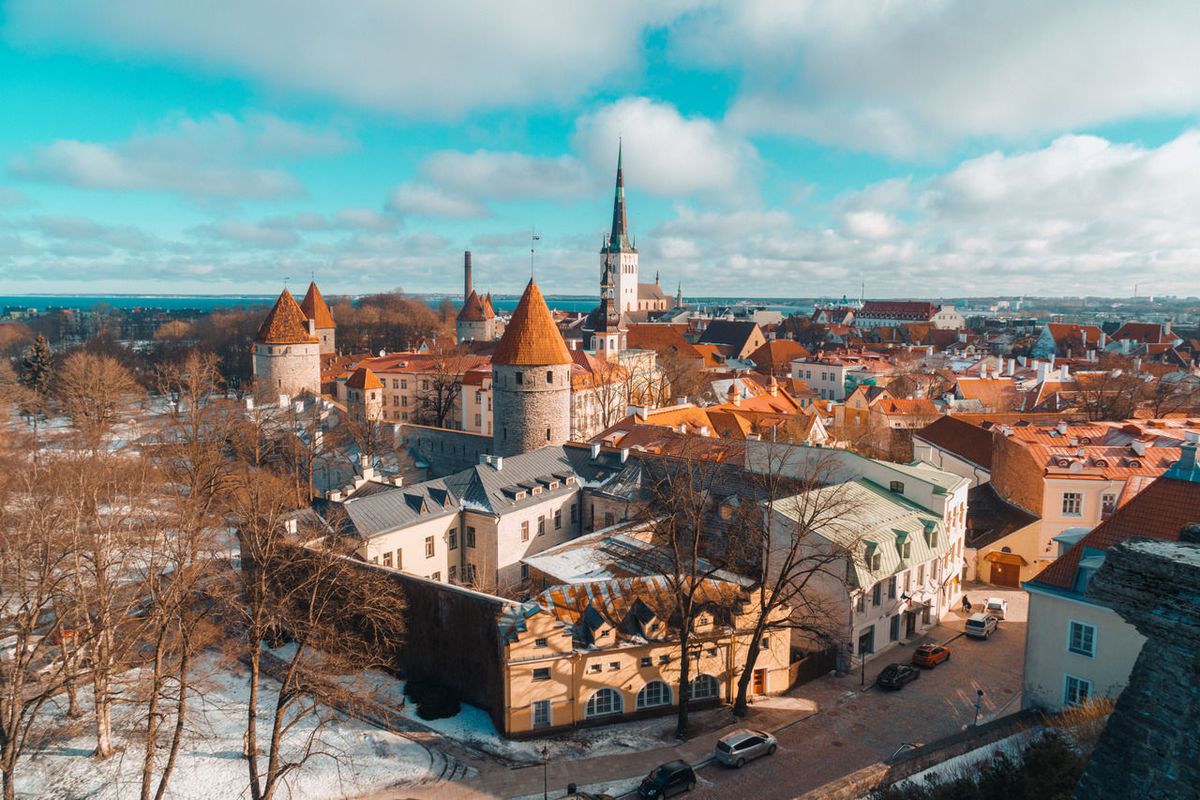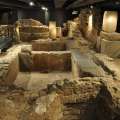This guest post is courtesy of www.baltictravelcompany.com
With the fall of the Soviet Union and the subsequent independence of many countries in the Soviet Bloc, the Baltic lands that were once closed to casual travel have since opened their doors to tourists. Their inclusion into the European Union has made travel here far more convenient for citizens of the E.U. Because so much of this region of the world was previously inaccessible to most travellers, its many treasures are relatively unknown, making a stay of any duration here a fascinating discovery.
Latvia
Riga is the natural starting point of any journey in Latvia, with its World Heritage-recognized Old City and its cosmopolitan air. For visitors interested in scratching the surface of Latvia, however, venturing beyond Riga’s engaging delights will yield plenty of meaningful rewards.

Little more than an hour’s drive from Riga, this charming medieval town lies cradled in the Gauja River Valley. Lush and impenetrable forest rings the town, which was intricately constructed in the 13th century on a series of plateaus overlooking the river. Today the town lays claim to some of the most authentic medieval structures in all of Europe, fortuitously remaining untouched by strife during the wars of the last century. Two castles, a church and the city walls are in a remarkable state of preservation and make for fascinating viewing. Visitors can walk the ancient network of cobblestone streets as they explore the town, much as the inhabitants did centuries ago.
After taking in the historic sites, visitors can relax with a picnic lunch in the two-hundred-year-old Castle Park and enjoy the beautiful gardens and the castle’s reflection in the calm waters of the pond.
For travellers who have had their fill of visiting historic sites, Cēsis offers the chance to relax and refresh in the many health spas that take advantage of the area’s mystique as an ancient center of healing. Once such venue open to visitors is Svētavots Cave, which boasts a legendary healing spring.

Convenient for a day trip from a base in Riga, this area of Latvia beautifully mixes a variety of outdoor activities with the bygone ruins of ancient castles and the latest in high-tech fun. The area is renowned for its winter activities, offering bobsledding and prime skiing on pristine slopes. In summer, visitors can tour the national park by canoe or kayak. The only cable car in all of Latvia spans the valley, offering breathtaking views of the primeval forest and the lovely ruined castles. Intrepid trekkers will enjoy hiking the area’s many trails, rewarded with stunning expanses of virgin forest and occasional glimpses across the river valley.
The area is a delight for children as well; there are two adventure parks designed to thrill young and old alike. Sigulda Adventure Park Tarzāns is the largest of its kind among the Baltic nations and offers obstacle courses, archery and toboggan rides among its many enticing activities. Another venue promising thrills is the Aerodium Latvia, sporting Eastern Europe’s first wind tunnel and offering gravity-free excitement for those daring enough to take a flight.
Lithuania
The largest and most southerly of the three Baltic nations, Lithuania shares the intense beauty of the Amber Coast with Latvia and Estonia. Fully one-third of the country is thickly forested, giving Lithuania an air in many places of untouched wilderness. Poised between Western Europe and Russia, Latvia has enjoyed a long history as a crossroads of many cultures.
In 1236 this city was the staging ground for a battle between Livonian and Teutonic knights. Over time, the city developed as a centre for agriculture. Its growing affluence led to its rise as a capital of education and culture still reflected today. With a mix of the modern and the ancient, travellers will be richly rewarded by visiting the city, where a tour of the Old Town presents no less than four historic churches, lucky survivors of the devastation during World War II, when more than 80% of the city was destroyed.
The haunting sight of more than 100,000 crosses adorns a hillside near the city of Šiauliai and is a testament to the force of will of the Lithuanian people. Many times the crosses have been removed, only to be replaced by faithful locals, who see the hill as a symbol of their endurance.
This ancient port city offers visitors a heady mix of old and new, all steeped in a way of life that comes with proximity to the ocean. There are many seaside delights to tempt curious travellers. In keeping with Klaipeda’s history as a maritime centre, visitors can spend some time in the Lithuanian Sea Museum and Delphinium for an understanding of the underwater sea life, shipwrecks and geology particular to the area.
Taking a ten-minute ferry ride from the city will bring travellers to a sand dune formation that spreads in an arc from Klaipeda to Russia. There are also many public beaches in the area perfect for taking some sun or visitors can explore the attractions on the city’s pier.
Klaipeda’s Old Town has a variety of sculptures to enjoy as well as the ruins of its 13th century castle. Lovely half-timbered buildings house a variety of shops and eateries perfect for exploration. In keeping with Lithuania’s strong tradition of legends and stories, the nearby Hill of Witches hosts a festival of sculpture every autumn that commemorates many cherished Lithuanian tales.
Estonia
The first human remains in Estonia date back 11,000 years to the end of the last ice age, when receding glaciers made settlement possible. This vast wealth of history is nowhere more evident than in the city of Tallinn, which boasts some of the finest medieval buildings in all of Europe. This remarkable state of preservation earned the city a UNESCO World Heritage designation. While Tallinn is a remarkable city in its own right, visitors will enjoy exploring the many other delights Estonia has to offer.
This island in the Baltic Sea boasts many wonders all out of proportion to its diminutive size. Inhabited for 8,000 years, there are vast ruins of ancient settlements to explore. A field of meteorite craters offers fascinating insight into the interaction of the solar system with the Earth as well as defining a place for itself in Estonian folklore.
There is one city on Saaremaa, Kuressaare, a walled city with a variety of restaurants, health spas and entertainment venues to amuse any traveller. It makes an excellent base to use while exploring the many attractions on the island.

This tiny seaside village is a haven for travellers seeking to engage in all the popular water activities, from windsurfing to sailing to swimming. Its relaxed atmosphere and natural beauty make it a restorative stop on any busy traveller’s itinerary and its access to fresh seafood makes dining here a delight for serious gourmands.
After having exhausted all the activities the beach has to offer, visitors can hire a bike and explore the many trails and roads around the city. The nearby town of Rakvere makes a nice day trip for exploring its castle ruins, churches and museums.






